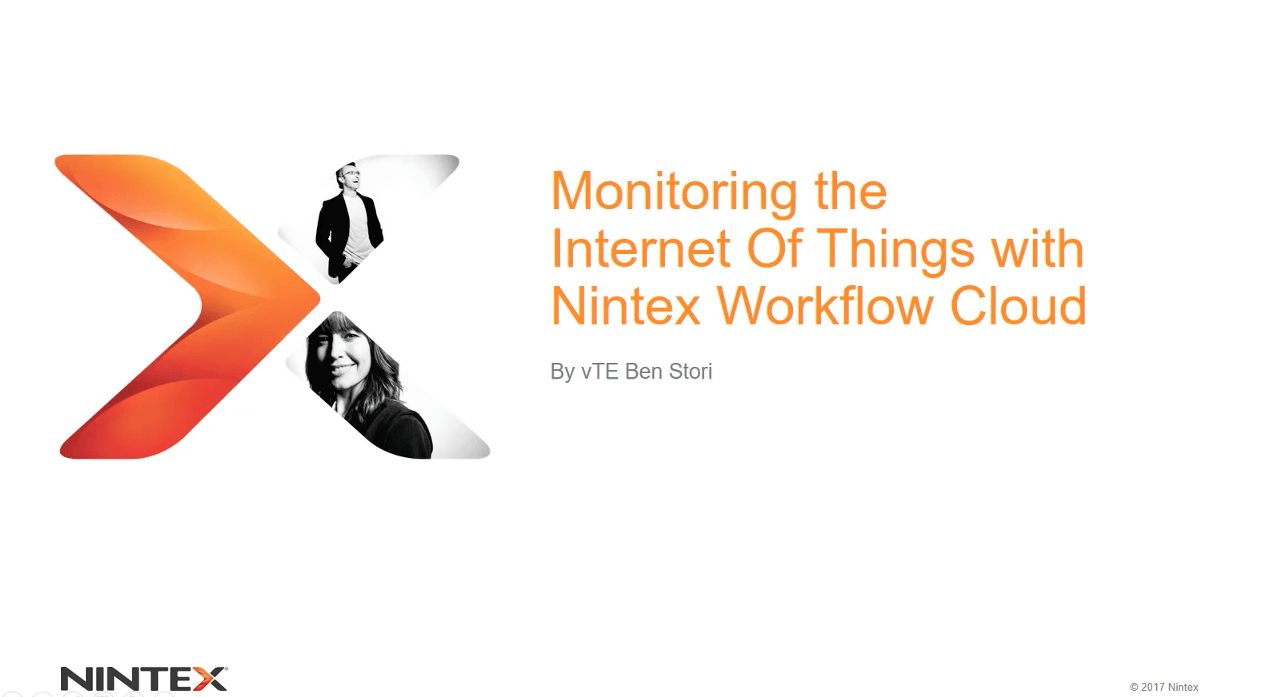One of the biggest technology trends of recent years is the Internet of Things, known as IoT.
The term refers to networks of objects equipped with sensors, connected via Internet Protocol technology, and managed by hardware- or software-based control systems. IoT systems and devices are often called “smart” to indicate that they can operate interactively and/or autonomously.
Some IoT systems, such as those involving smart light bulbs and smart heating/ventilation/air-conditioning equipment, can be used in multiple industries. Others are tailored for specific industries such as hospital equipment, oil & gas, or shipping/logistics.
The IoT is growing rapidly. The main reason is value. IoT systems open up vast new landscapes of compelling consumer and business processes and scenarios.
It makes business sense to pursue these new opportunities because all three main components of IoT – 1) sensors, 2) control systems, and 3) networks – are increasing rapidly in scope and sophistication, and falling in price.
As a leader in human-centric workflow automation, Nintex adds unique value to IoT systems. To understand how, let’s look more closely at the three components of an IoT system.
Sensors and Controllers
Sensors are the eyes and ears of IoT.
They can measure myriad variables, such as temperature, speed, humidity, vibration, flow, inertia, or tilt. Controllers allow IoT systems to take action on the information gathered by sensors – turning something on or off, for example, or sounding an alarm. Both sensors and controllers are growing in sophistication and falling in price, and as a result are being deployed in far greater numbers than in the past.
It’s worth noting that sensor/controller systems are not new at all. They have existed for years in various industries; indeed there is an entire category of technology solutions — industrial automation – that has been crucial in the management of facilities such as oil refineries. What has really driven the birth and growth of IoT is connectivity.
Connectivity
Along with the increasing sophistication of sensors, improvements in network coverage and bandwidth have been crucial to the evolution of IoT.
Today more than 95 percent of homes in the U.S. have broadband Internet. In a 2016 report, the U.S. Federal Communications Commission noted that the average U.S. Internet speed has tripled over the last 3.5 years. Streaming video and audio now account for more than 70 percent of residential Web traffic. Without the improvement in connectivity, the current streaming market wouldn’t exist.
The other crucial component in the growth of IoT has been the broad adoption of Internet Protocol as the standard for network connectivity, displacing many older and/or proprietary methods.
The use of IP allows devices to be connected and to interoperate with each other much more quickly, easily and cheaply than in the past, and to do so over vast distances.
People and Processes
This brings us to the final ingredient, people, process and systems.
The only thing that hasn’t changed over time are the people. The systems that people interact with have drastically changed over the past several years thanks to cloud computing. Within the enterprise, companies are moving many types of workloads such as CRM, ERP, and HRIS into the cloud. Improvements in mobility allow for the various cloud services to be accessed on the go, which improves productivity.
The number of cloud-based services has exploded, creating a vast ecosystem of hub-and-spoke services that can radically improve how people work.
The only thing missing is an easy way to automate human-centric processes across these various systems. This is where Nintex Workflow Cloud comes into play.
Nintex Workflow Cloud
We now have all of the technologies in place to enable automated, data-driven, real-time decision making. This is the critical intersection between IoT and Nintex Workflow Cloud.
Nintex Workflow Cloud allows anyone to quickly and easily digitize and automate core processes so that people can connect, collaborate and get more done. This opens the door to innumerable new and exciting workflow automation opportunities. Seizing this opportunity, Ben Stori, a Nintex virtual Technical Evangelist with Solution Design Group (sdg) presented a solution that utilizes an IoT sensor and connects to Nintex Workflow Cloud.
Here is how Ben describes his project:
“My solution consisted of a Raspberry Pi device and a few connecters, including a motherboard and a DHT-22 temperature sensor, and Nintex Workflow Cloud built around external starts.
“First, I needed to get my Pi wired up to the sensor. The next step was to configure the Pi to run the senor. Within my Pi, I configured NodeJS to run the sensor driver so it could make web service calls to the sensor – for example, to get real-time updates on the temperature within a room. I had my temperature app set up with a maximum temperature of 77 degrees and a low of 65 degrees because I wanted to know if things went bad on either end of the temperature spectrum.
“The scenario and roles I would demonstrate were restaurant manager, repair technician, and developer. As a restaurant manager, I need to know if my freezer or refrigerator is going bad, and I don’t have time to physically monitor them, so I configured the temperature sensor to monitor them and give me real-time updates.
“I used a combination of Nintex Mobile and Email (Express Approval) to show how I could execute a workflow on the go without being tied to a computer to complete my task.
“That’s where the real power lies: Getting your work done anytime, from anywhere, on any device. I wrote a record to Salesforce, sent a text message to a user via Twilio, and alerted users via a private Slack channel. I connected my employees to my processes in real time. In five minutes I already had all my connections set, so I just needed to drag-and-drop my actions and configure them.”
See a demonstration of Ben’s project here:

This is just a sample of what you can do in IoT with Nintex Workflow Cloud and the Nintex Workflow Platform. The richness of these solutions is only going to get better and better.







